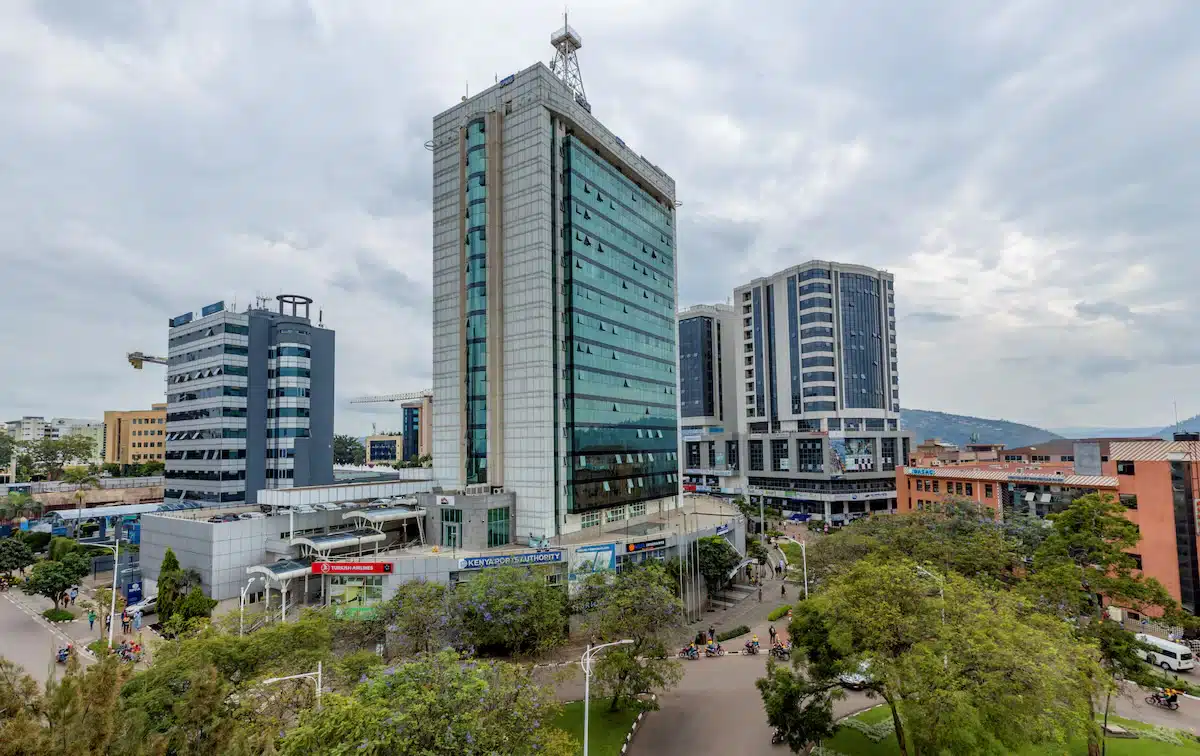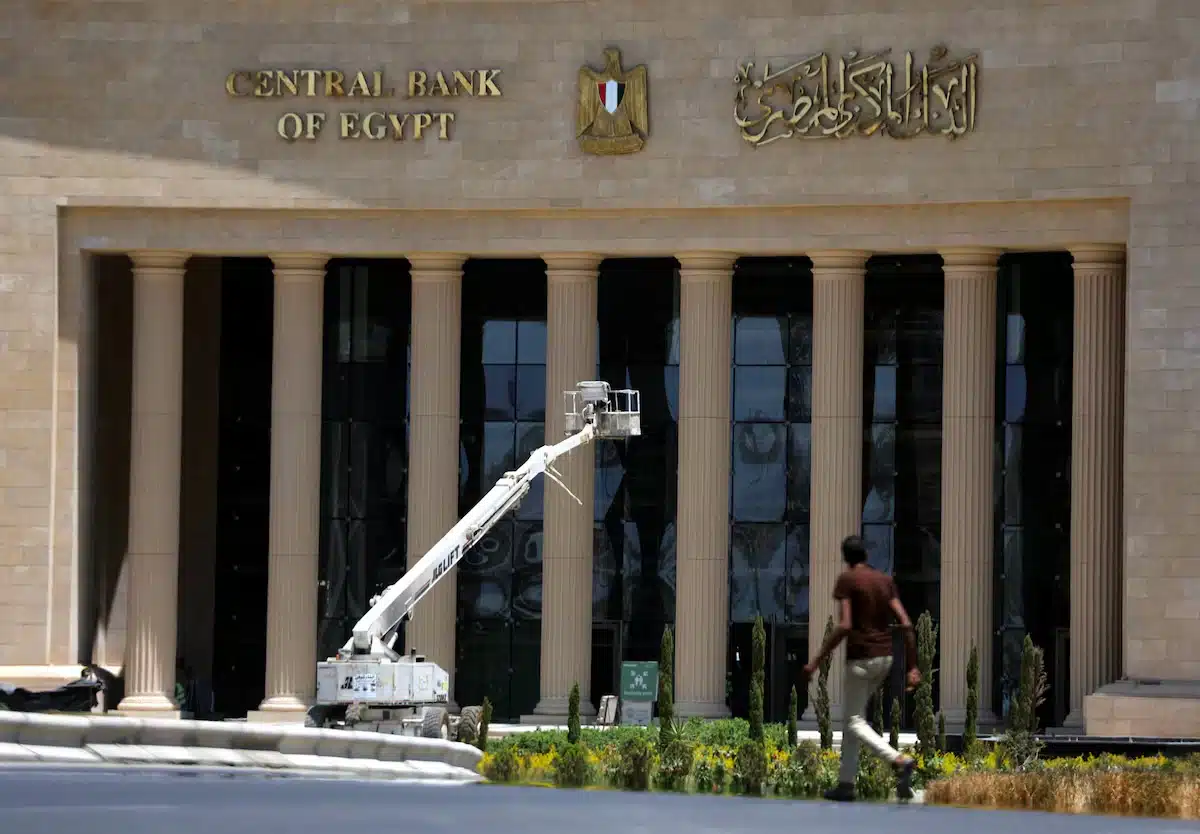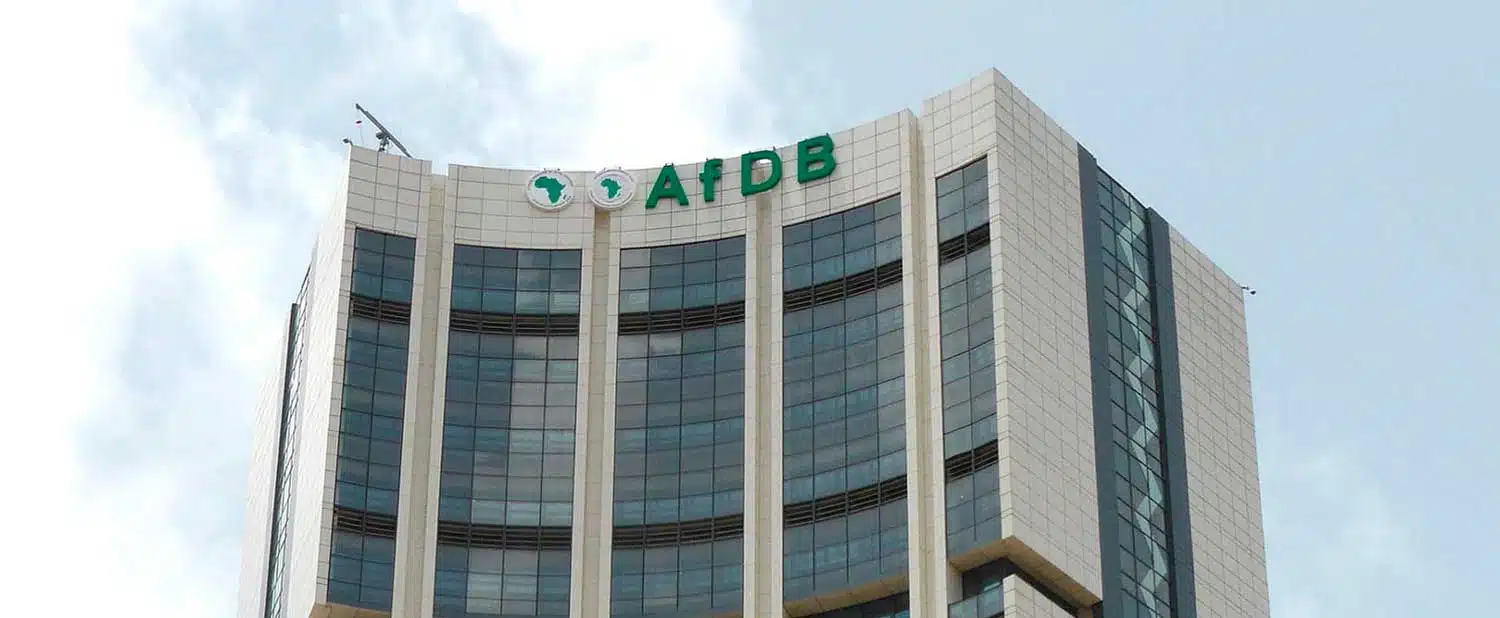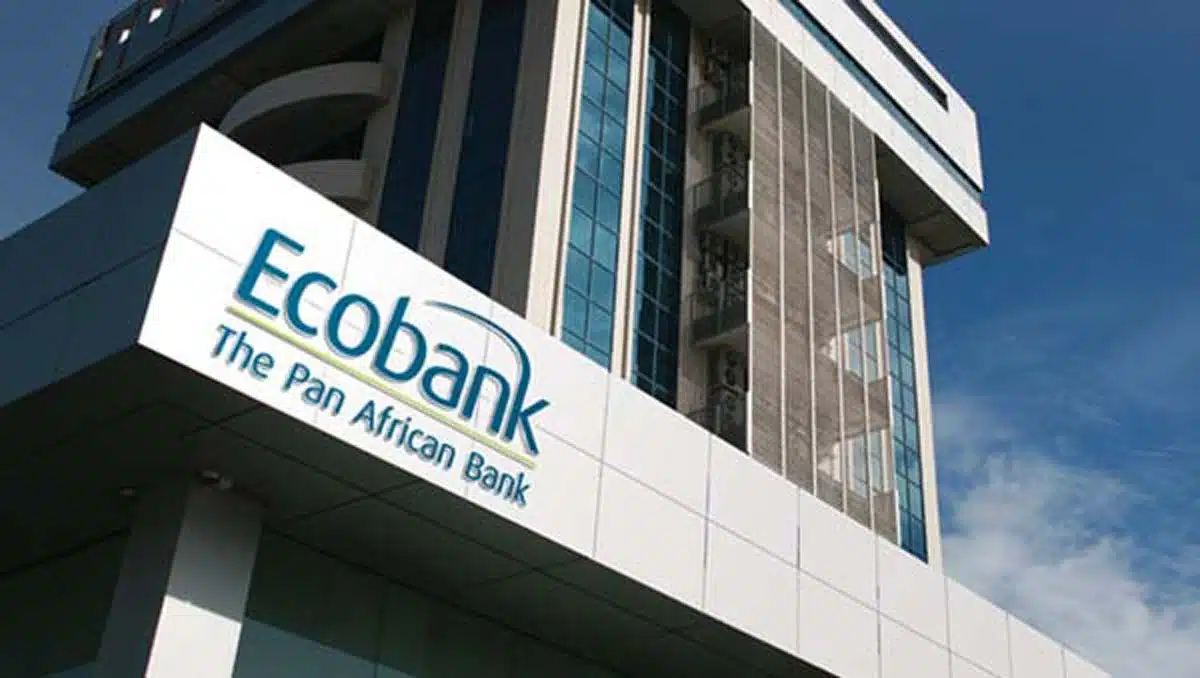The National Bank of Rwanda (NBR) has kept its benchmark lending rate steady at 6.5% for the second consecutive monetary policy meeting, opting for stability despite rising consumer prices.
According to data from Rwanda’s statistical bureau, inflation has been climbing steadily since September 2024, when the Consumer Price Index (CPI) – the key measure of the country’s annual inflation rate -stood at 2.5%.
By January 2025, inflation had surged to 7.4%, the highest level in a decade, driven by poor agricultural yields due to unfavorable weather conditions.
Despite this uptick, inflation remains within the central bank’s target range of 2% to 8% and is expected to stay within that band throughout the year. This outlook informed the NBR’s decision to maintain its lending rate at 6.5%.
“Though there are slight pressures on inflation, it remains within the band, and we are confident that at this rate, 6.5%, we’ll be able to maintain inflation within the policy band,” NBR Governor John Rwangombwa said at a press conference on Thursday.
The central bank has also revised its average inflation forecast for 2025 upward, from 5.8% to around 6.5%, before easing to 4.1% in 2026.
It, however, acknowledged risks to its inflation outlook, particularly geopolitical tensions and the uncertain performance of the agricultural sector.
“The risk we always highlight is that these projections are based on normal weather conditions and stable agricultural performance. But we also see geopolitical tensions, both globally and within the region, so this forecast does not take into account any potential impacts from those tensions,”Rwangombwa cautioned.
Rwanda’s central bank has left its policy rate unchanged since August 2024.
The easing of monetary policy led to a decline in the interbank rate—the rate at which banks lend to each other—which dropped to 6.7% in the fourth quarter of 2024 from 8.2% in the same period a year earlier.
However, Rwangombwa noted that these changes have not yet translated into lower borrowing costs for consumers, as the commercial lending rate remained high at 15.8% during the same period.
Meanwhile, economic growth projections for 2024 have been upgraded from the 7% estimated in November, with expectations that growth will surpass that figure due to shifting market dynamics.
We expect the same strong growth trajectory in 2025 and 2026,” NBR Chief Economist Thierry Kalisa noted.







